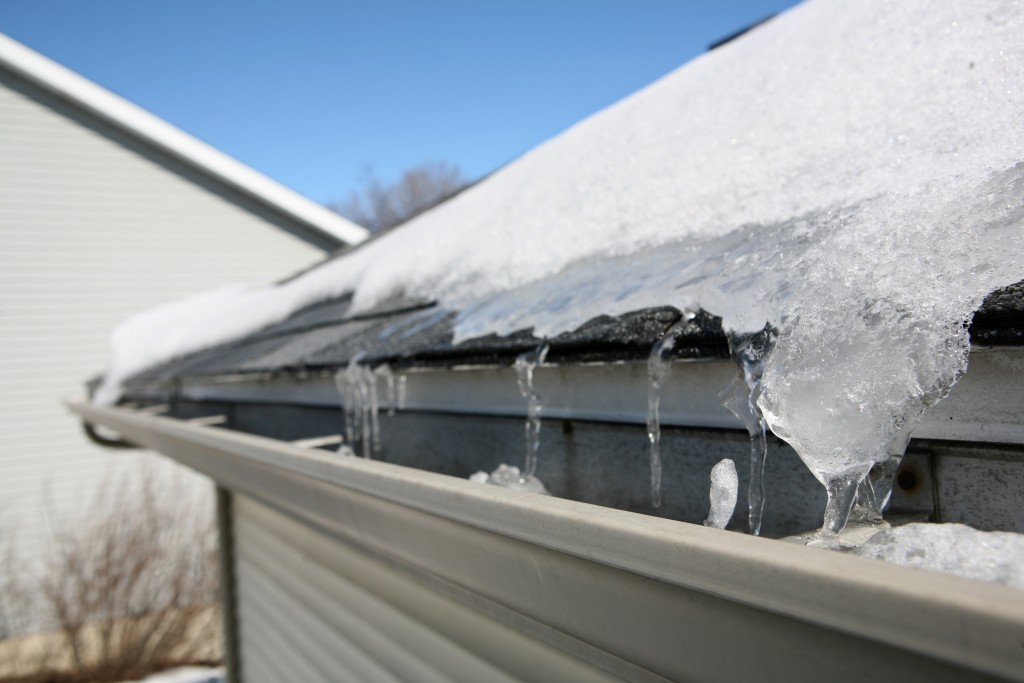Since most of the United States and much of the Northern part of America will experience snow and freezing weather conditions, most homes are made out of materials withstand shallow temperatures. However, no matter how strong or versatile most of these materials are, water damage and ice dams are still a pressing threat to most homes’ structural integrity.
Not only can snow and rain caused damage to your roof, but these can also cause stress on your supporting structure. As most of us know, the snow accumulating on our roof can become an added weight. This added weight can place a lot of unwanted stress on your home’s foundations, ultimately leading to a lowered lifespan for your roofs, especially when it starts warping from fluctuating temperatures and water damage.
If you think that snow guards are just some decor for your roof, think again! It plays an integral role in keeping our roof and our home in a pristine condition. But how does it work? How should it be installed? We’ll be answering some much-needed questions while clearing up any misconceptions about snow guards.
What Are Snow Guards?
Snow guards are designed to control and hold the flow of snow from your roof. Avalanching from your roof can be dangerous for individuals who are staying close to your roof’s eaves. Most of the time, water that does freeze on the edge of roofs can become hazards, especially if they form sharp stalactites.
Not only does this cause injury, but an uncontrolled flow of snow off your of your roof can cause an imbalance of weight, which can cause stress and damage to your roof’s decks.
The central premise is that snow guards create a fair amount of distance between your roof’s edges and the snow to melt without gradually causing many issues.
Snow guards can be placed in various structures and don’t necessarily need to be placed on the roof’s primary structures. These can also be placed on lean-on roofing from auxiliary structures and structures on your garden, such as patios. If you’re looking for professional contractors that can expertly install verandas, there are concrete patio installers in different countries.
How Are They Installed?
Most of the time, snow guards are used for roofing materials such as metal roofing, slate tile roofs, and asphalt shingles. Although the snow guards are practical if your roof meets the following criteria:
- Your roof must at least have a pitch of 6/12.
- A fair amount of snow falls on a particular area of your roof.
- Your roof doesn’t have a fair amount of insulation.
- Ambient heat from inside your home can cause snow to melt, which can usually cause avalanches.
What Is a Pitch?

Most roofers and contractors working in the roofing industry will usually use unique terms such as pitch. But what is it?
Pitch refers to the steepness and inclination of your roof. If it has a pitch of 6/12, it means that for every 12 inches that are traversed, there is a rise of 6 inches. Naturally, the higher the roof’s pitch, the easier it is for water to flow downwards. The lower the slope of the roof, the slower water will flow downwards.
Determining the pitch of your roof is usually a requirement when installing a variety of different materials.
How Should They Not Be Used?
A common mistake that homeowners make when installing snow guards is that they place them on low-pitched roofing materials. If you’re going to put snow guards of low pitches, this can do more harm than good. Since a snow guard’s primary function is to control how snow falls off your roof, it would counter-intuitive to make even slower.
The slower snow falls from your roof, the more likely it can become snow dams when it freezes after melting. That can lead to a cascade of different roofing issues, such as leaks forming from water being redirected elsewhere.
Snow guards are beneficial in keeping your roof and home in a pristine condition throughout the harsh conditions of winter. Controlling the fall of snow from your roof can help mitigate damages to your roof and sidings while minimizing the formation of snow dams on your roof’s edges.
But before you make any final decisions, it’s essential to have a checklist that ensures all aspects of your roof are in order. You mustn’t install them on roofs that have problems with snow dams. However, they should be placed on roofs with a high pitch, a slicker surface, and warmer weather conditions.











